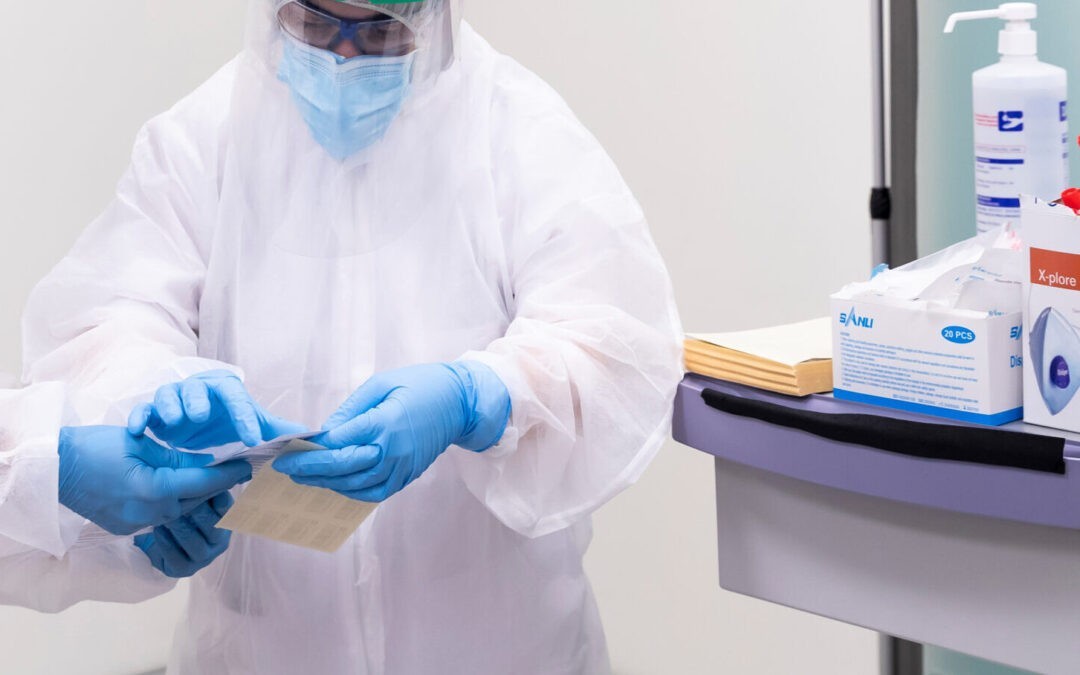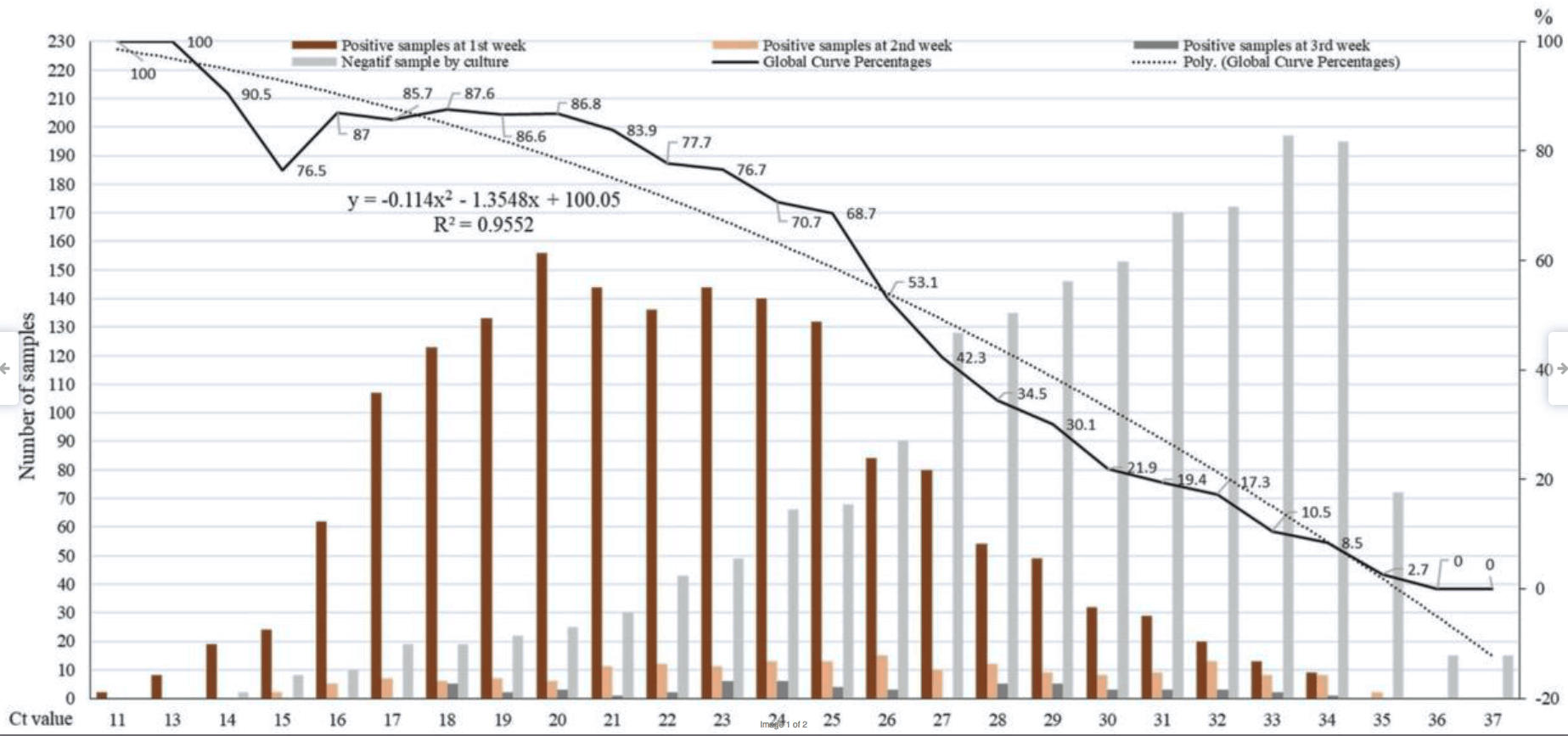Is PCR really the Covid-19 gold standard test?
PCR Covid testing accuracy is being depended on by many governments around the world, in order to track infectious Covid-19 patients. Scientists are questioning this dependency, backed up with rigorous studies.
PCR Testing Basics
Let’s recap what PCR does and its capabilities. PCR, or polymerase chain reaction testing, is a novel technique designed to help find traces of DNA in a wider sample. It is often used in forensics to confirm a suspects presence via a DNA match.
PCR uses a three step “cycle” to help detect and amplify small traces of a desired DNA.
1. Denaturation
This step involves heating the sample to 94°C for 20-30 seconds. This breaks down a double DNA strand into two halves.
2. Annealing
The sample is quickly lowered to 55°C, this allows DNA primers to bind to the DNA of interest. This step usually completes in around 30 seconds.
3. Elongation
The reaction temperature is now raised to 72°C, this promotes the completion of the new double DNA strand. At the end of this step, there are now twice the number of original DNA strands.
The DNA amplifcation follows a binary sequence: 1, 2, 4, 8, 16, 32, 64, 128, 256, 512, 1024… After roughly 20 cycles, 1 million multiplications have been made. At 30 cycles, it is a 1 billion multiplication factor.
Still infectious or not?
Researchers wanted to find out if the mass PCR testing being performed was finding genuinely infectious patients or patients who were post-infectious, ie who had already recovered. This is critical, since a recovered patient poses no risk to the public and need not isolate.
The concern was that by simply increasing the number of PCR cycles, extremely low levels of virus, or even dead virus DNA could be found.
Germany researchers from Universities of Munster and Essen examined 160,000 tests and specifically looked at the number of PCR cycles being performed. The conclusion was
…50-75% of the time an individual is PCR positive, they are likely to be post-infectious…
(Stang et al, Journal of Infection, May 2021)
There is no globally recognised standard for the number of PCR cycles to perform, so results will vary from country to country or even lab to lab. In effect, you can keep cycling PCR testing until you get a positive result, assuming even a minimal amount of virus DNA remains from a prior infection.
Summary
Given the critical nature of being able to accurately measure how many infectious Covid-19 cases there are, it is important that a standard cycle rate is established and a stardardised way to interpret results. This could lead to PCR results such as:
- No longer infectious (virus DNA detected but low level)
- Infection risk (virus DNA detected, medium level)
- Infectious (virus DNA detected, high level)
This will allow authorities to better distinguish between dangerous infectious cases and those that are no longer a risk.
The PCR test itself is an extremely useful tool, however it was never designed to determine levels of infectiousness.
Andreas Stang, Johannes Robers, Birte Schonert, Karl-Heinz Jöckel, Angela Spelsberg, Ulrich Keil, Paul Cullen,
The performance of the SARS-CoV-2 RT-PCR test as a tool for detecting SARS-CoV-2 infection in the population,
Journal of Infection, 2021
ISSN 0163-4453,
https://doi.org/10.1016/j.jinf.2021.05.022.
(https://www.sciencedirect.com/science/article/pii/S0163445321002656)
Keywords: Covid-19; SARS-CoV-2 real time-polymerase chain reaction; cycle-threshold value; infectious potential; laboratory quality assurance; screening


